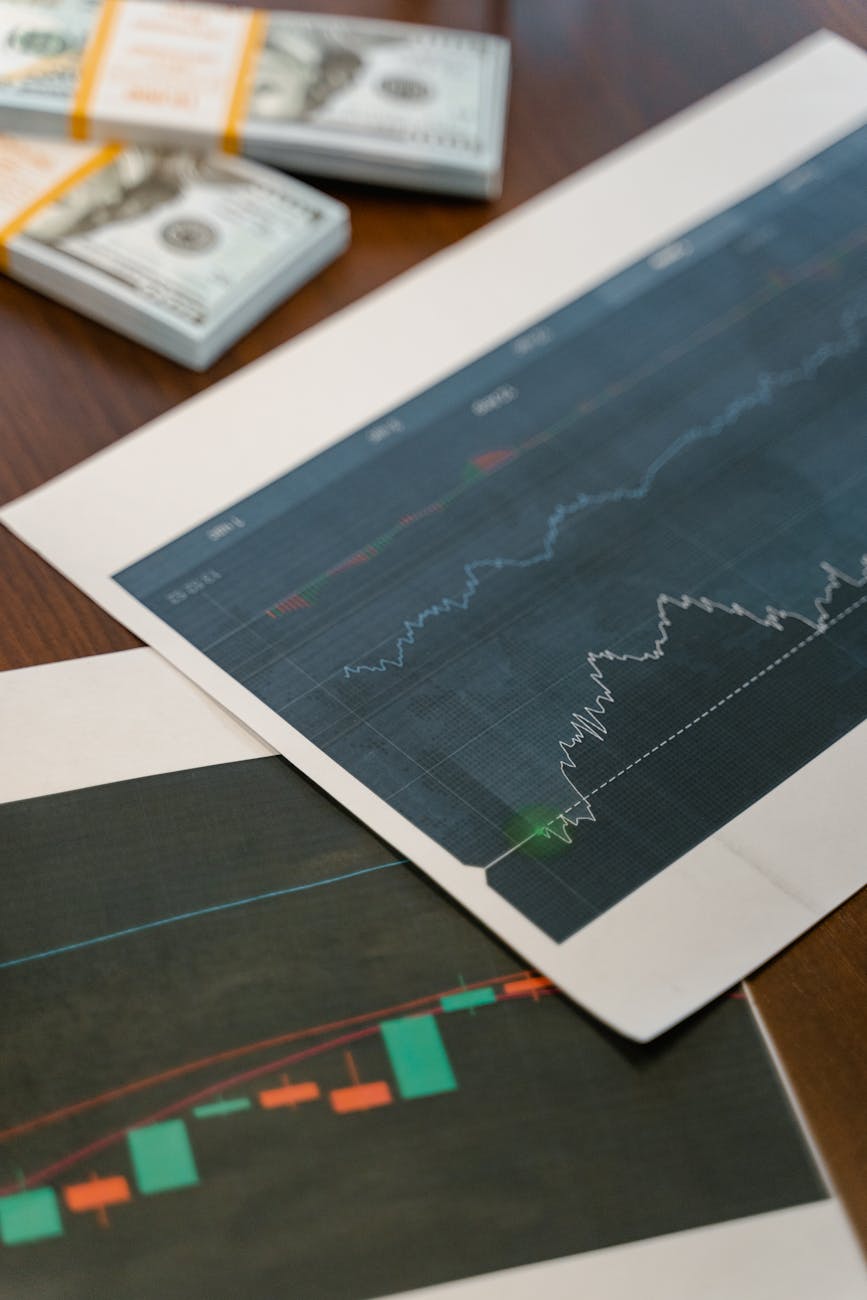A fascinating convergence of high-stakes legal scrutiny and burgeoning technological innovation is sending powerful ripples through the financial world. Major market indices are experiencing a significant uplift, buoyed by a critical examination of past executive trade powers and an exhilarating resurgence within the artificial intelligence sector. This dramatic shift is not just about numbers; it’s about the very foundations of future economic policy and investor confidence, with the nation’s highest court rigorously questioning long-standing presidential authority on international trade, potentially redrawing the lines of global commerce and sparking widespread optimism.
Wall Street Cheers: Tech Innovation Drives Market Optimism
The financial markets recently delivered an encouraging performance, with a key industrial average climbing notably by 200 points, signaling a robust surge in investor sentiment. This uplift wasn’t merely a fleeting moment; it was largely propelled by the dynamic performance of the technology sector. Leading the charge are advanced chipmakers, such as one prominent company specializing in semiconductors, which are at the forefront of what analysts are calling a monumental ‘AI rebound’. This renewed excitement surrounding artificial intelligence is rapidly translating into substantial market gains, fostering a vibrant outlook for future tech investments and underscoring technology’s pivotal role in global economic expansion.
Supreme Court Grills Executive Power on Global Trade
In a development with profound implications for international commerce and presidential authority, the nation’s highest judicial body recently delved into a pivotal case challenging the scope of executive power to levy trade tariffs. The hearing saw intense questioning from the justices, with some of the court’s more conservative members expressing deep skepticism regarding the previous administration’s broad application of these trade measures. This rigorous legal examination could redefine the boundaries of presidential discretion in setting trade policy, potentially reshaping America’s approach to international relations and global trade agreements. The stakes are incredibly high, as the outcome may establish a significant precedent for how future administrations navigate the complex landscape of global economics.
The Crossroads of Policy and Prosperity: What’s Next for the Economy?
The simultaneous market rally and critical legal review of trade policy are intricately linked, signaling a potentially transformative period for the economy. The prospect of greater clarity and definition regarding executive tariff authority, combined with the unyielding momentum of technological breakthroughs in AI, could establish a sturdy framework for sustained economic growth. As policymakers and businesses alike await the court’s decision, the ongoing evolution of AI continues to influence investment strategies and shape the trajectory of economic development. This intersection of legal deliberation and technological advancement promises to usher in an era where innovation and well-defined trade policies collaboratively drive prosperity, offering an exciting glimpse into the economic landscape of tomorrow.
The recent market surge, emphatically bolstered by groundbreaking advancements in technology and a pivotal judicial review of international trade policy, truly heralds a new era of potential clarity and growth for the global economy. This powerful convergence of events paints an incredibly encouraging picture, suggesting that both innovation and thoughtful legal scrutiny are actively paving the way for a more stable, predictable, and ultimately prosperous economic landscape. It’s an exceptionally dynamic and exciting time for investors, businesses, and policymakers, as the critical decisions and technological leaps unfolding today will undeniably shape the economic narrative for years to come!

Leave a Reply